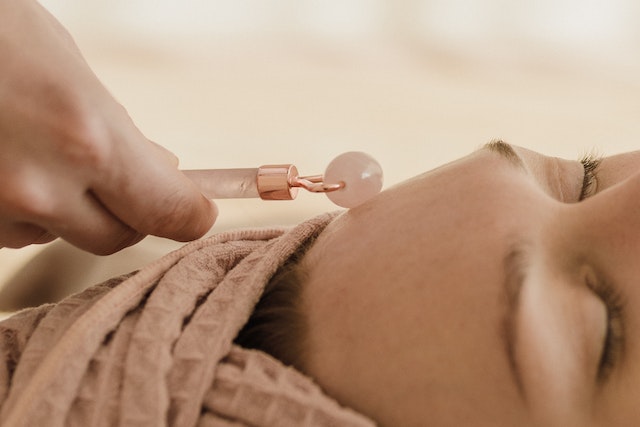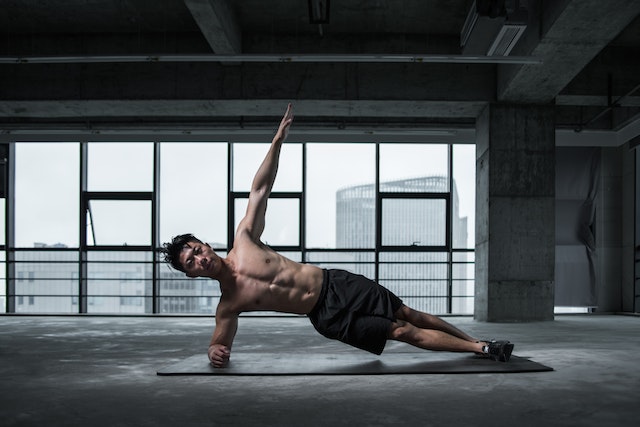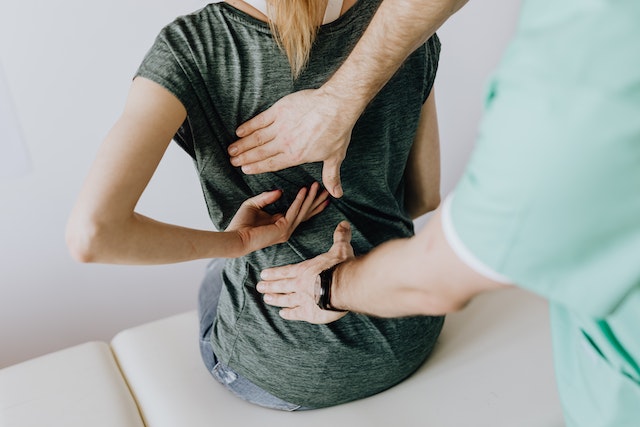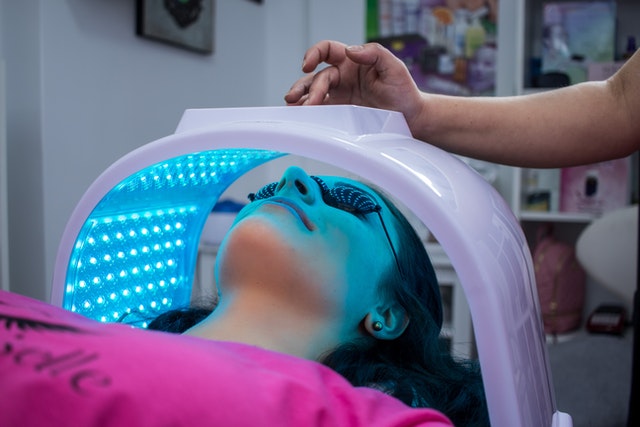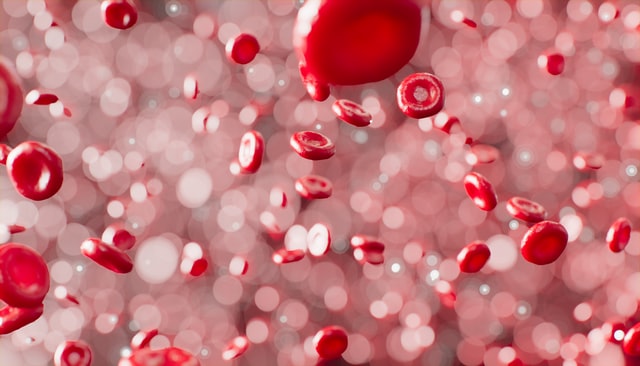What You Need to Know About Ultherapy
A nonsurgical facelift substitute, Ultherapy is used to combat ageing symptoms such as sagging skin, wrinkles on the face, neck, and chest, as well as brow drooping.
The FDA-approved technology encourages the formation of collagen, which should result in a more youthful appearance in general.
Over the past few years, nonsurgical skin tightening treatments like Ultherapy and Rejuran healer Singapore have been increasingly popular, with an 11.6 per cent rise from 2015 to 2016.
What is Ultherapy and How is It Used?
Utilizing concentrated ultrasound energy at the proper temperature to assist collagen regeneration, ultherapy targets areas beneath the skin. Three layers are affected by the heat energy from the applicator, which is directed at various depths:
- muscle
- skin
- superficial wrinkles
In theory, firmer skin, less drooping skin, and fewer wrinkles should occur from the ultrasonic energy’s stimulation of collagen and elastic tissue.
Getting Ready For Ultherapy
Little preparation is required for the process. It is possible to carry on with regular eating, drinking, exercising, and working both before and after the surgery.
Before receiving treatment, the target region should be free of makeup and other skin care products. You may take painkillers or anti-inflammatory drugs prior to the procedure, per your doctor’s instructions. Plan to have someone pick you up from the office following the procedure if the medicine affects your ability to drive.
Ultherapy’s Target Locations
It is mainly applied to the chest, neck, and face. Other places to focus on are the brows, chin, and décolletage (chest area).
Be sure to talk about your unique treatment options with an Ultherapy provider during your appointment.
Are There Any Dangers or Adverse Effects?
Heat and tingling sensations usually go away after a few moments.
In the hours following the operation, treated skin areas may occasionally turn flushed or red, and transient sensations like tingling, swelling, and pain may also manifest. Rarely, there can be some numbness or bruising, but these usually go away a few days after the treatment.
What You May Expect to See After Ultherapy
Ultherapy typically doesn’t involve any downtime. After treatment, it’s possible to resume regular activities like job, exercise, or socialising.
Depending on your body’s capacity to manufacture new collagen, you may begin to see the initial Ultherapy benefits in a few days. Up to three months are usually needed for improvement to persist.
The effects will endure until the normal ageing process resumes and your body stops producing new collagen, whichever comes first. You can determine whether more Ultherapy sessions are required based on how your skin reacts to the treatment.
What is the Price of Ultherapy?
The following variables affect how much Ultherapy costs–the region or regions being treated, the number of sessions finished, and your location.
The American Society for Aesthetic Plastic Surgery (ASAPS) reports that in 2016, Ultherapy cost an average of $1802 for nonsurgical skin tightening procedures. Ultherapy is less expensive than a facelift, which typically costs $7503.
You could get a better sense of the final cost by speaking with an Ultherapy practitioner in your region since the precise price can vary depending on the circumstances of each particular case. Insurance companies do not pay for ultherapy.

